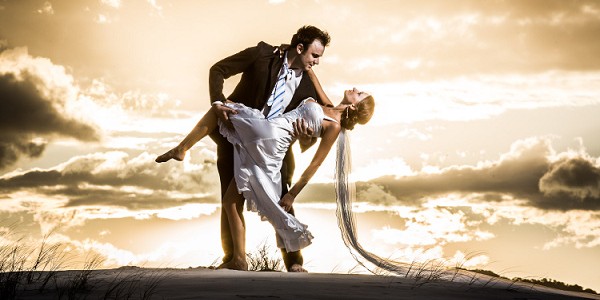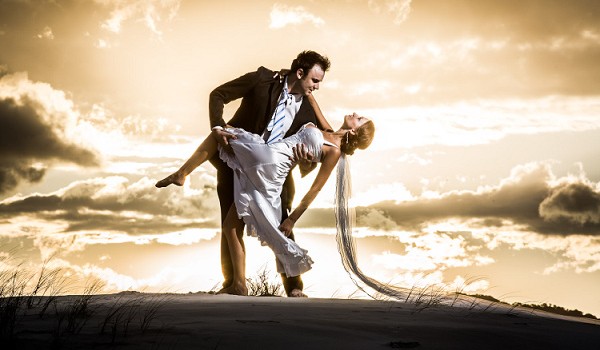

Tips for Amateur Wedding Photographers
Photo Taking Tips December 16, 2015 Editorial Staff 0

Shooting a wedding can be a very unnerving challenge for an inexperienced photographer, or even for an experienced one who has never done a wedding before. If you are a photography hobbyist or amateur and you’ve been asked by a friend or relative to do the photo shoot for his or her wedding, here are some tips from the pros you may want to consider:
Weeks in advance of the big day,
Discuss with the soon-to-weds how they want their nuptials to be captured on film. Remember, there are two basic approaches to wedding photography – traditional and photojournalistic. Traditional wedding photography involves more pictures that have been deliberately posed for and thus there is greater control of the coverage on the part of the photographer. Photojournalistic photography on the other hand entails taking more candid images with little or no photographer interaction.
Typically, the couple would want a balanced mix of candid and posed shots. Ask them for which key moments of the occasion are ‘must haves’ for the coverage. Also ask them to designate another friend or relative to act as your director for the event. Among others, this friend or relative must be able to round up the people who need to be in all the important shots. He or she must also be able to guide and direct you to those persons and scenes that you must capture on film for the couple’s photo album. With the soon-to-weds, see if you can come up with a working storyboard for the wedding preparations, ceremony and reception parts of the event so that you will have a script or cheatsheet for the occasion.
At least a day in advance of the wedding, scout the different locations for the actual photo shoot.
This may include the bride’s house and her dressing room, the church if it’s a church wedding or the outdoor area if it’s a garden wedding, and the reception venue. Take note of the lighting and the arrangements of the fixtures. Take some test shots on these places. Doing so will help you finalize your plans on how you will actually go about your task for the big day, including how you will position yourself for certain important or unique shots and where you will be taking those classic posed wedding group photos.
The day before the wedding, make sure that are properly geared for the job ahead of you. See to it that you have two working cameras ready and packed to go. One camera should be fitted with a portrait lens and the other with a general purpose zoom lens. Set the cameras to RAW capture and auto white balance modes. Charge all of your spare camera batteries and bring along more than enough flash memory cards to ensure that they’ll hold for an entire day. Check and double check everything before you step out of your home.
Be prepared
To deal with the stress that comes with having to make last minute or even on-the-spot improvisations.No matter how well you’ve planned, there’s bound to be something totally unexpected happening. Relax, it can’t be helped in any real wedding. Just try to capture some of the priceless unrehearsed moments on film as best as you can. For posterity, they’ll make fine conversation pieces.
Follow
as best as you could the storyboard-ed routine for your shots that you’ve worked out with the bride and groom, making sure that you take all the agreed important pictures. In between these important and essential wedding photos, take liberal amounts of candid shots of the couple, their guests and their surroundings.
After the event
On reaching home, download to your computer’s hard drive all the image you’ve taken during the wedding and proceed with the editing of the files and the production of the prints.

No comments so far.
Be first to leave comment below.